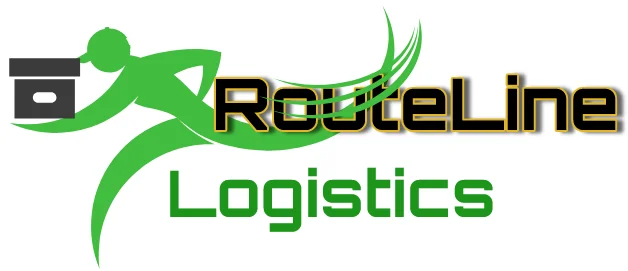Understand how machine learning algorithms are improving demand forecasting accuracy and optimizing inventory levels across supply chains.
**Advanced Demand Forecasting**
Machine learning models analyze historical sales data, market trends, seasonal patterns, and external factors to predict future demand with 85-95% accuracy. This improvement over traditional forecasting methods reduces stockouts by 30% and excess inventory by 25%.
**Dynamic Inventory Optimization**
AI algorithms continuously adjust safety stock levels, reorder points, and inventory allocation based on real-time demand signals and supply constraints. This dynamic approach reduces inventory carrying costs while maintaining service levels.
**Supply Chain Risk Prediction**
Predictive models identify potential disruptions by analyzing supplier performance, weather patterns, geopolitical events, and market conditions. Early warning systems enable proactive risk mitigation strategies.
**Price Optimization**
Machine learning algorithms analyze market conditions, competitor pricing, and demand elasticity to optimize pricing strategies. Dynamic pricing models can improve profit margins by 10-15% while maintaining competitiveness.
**Capacity Planning**
Predictive analytics help optimize warehouse space, transportation capacity, and staffing levels based on forecasted demand patterns. This ensures adequate resources while minimizing costs.
Successful implementation of predictive analytics requires high-quality data, advanced algorithms, and organizational commitment to data-driven decision making.
